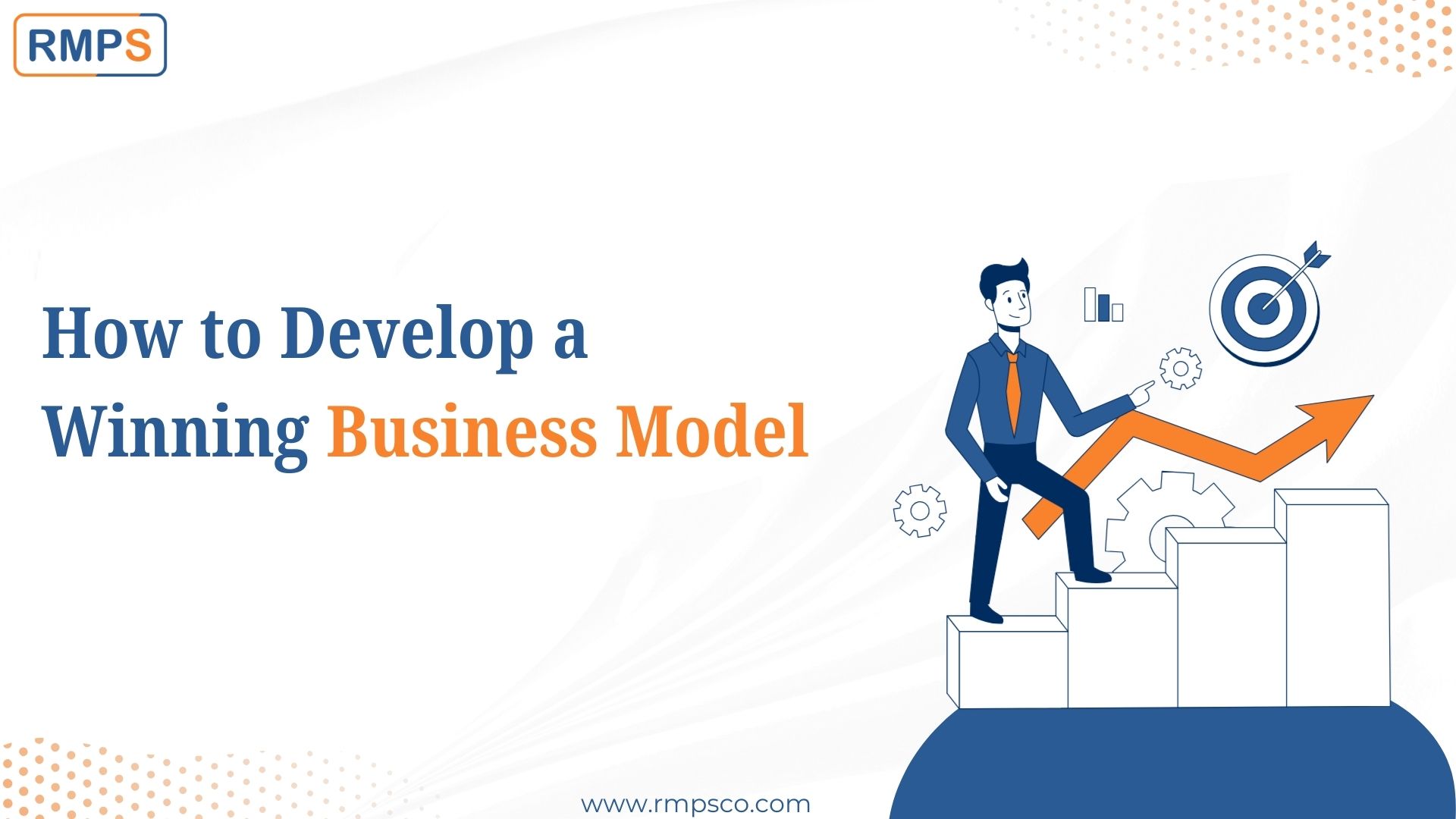
Creating a winning business model is crucial for any business aiming for long-term success. A well-defined business model not only outlines how a company creates, delivers, and captures value but also serves as a strategic tool to identify potential challenges and opportunities. Here are the key steps to develop a business model that stands out in a competitive market.
1. Understand Your Market
The foundation of a successful business model is a deep understanding of the market. Conduct comprehensive market research to identify your target audience, their needs, preferences, and behaviors. Analyze market trends, competitor strategies, and potential gaps in the market. This knowledge will help you tailor your offerings to meet customer demands effectively.
2. Define Your Value Proposition
Your value proposition is the core of your business model. It’s what sets you apart from competitors and convinces customers to choose your product or service. Clearly articulate the unique benefits and value your business provides. Ensure your value proposition addresses the specific pain points and needs of your target audience.
3. Identify Key Resources and Partners
Determine the essential resources required to deliver your value proposition. These resources can include physical assets, intellectual property, human resources, and financial capital. Additionally, identify key partners and suppliers who can help you achieve your business goals. Building strong relationships with reliable partners can enhance your business’s efficiency and scalability.
4. Develop a Revenue Model
Your revenue model outlines how your business will make money. Consider various revenue streams such as direct sales, subscription fees, licensing, advertising, and more. Choose a revenue model that aligns with your business goals and customer preferences. Ensure your pricing strategy reflects the value you provide and remains competitive in the market.
5. Plan Your Cost Structure
A clear understanding of your cost structure is vital for maintaining profitability. Identify all the costs associated with running your business, including fixed and variable costs. Look for opportunities to optimize and reduce expenses without compromising on quality. Regularly review your cost structure to ensure it aligns with your revenue model and overall business strategy.
6. Map Out Customer Segments
Segmenting your customer base allows you to tailor your marketing and sales strategies to different groups. Identify distinct customer segments based on demographics, behaviors, and needs. Create detailed customer personas for each segment to guide your product development and marketing efforts. This targeted approach can lead to higher customer satisfaction and loyalty.
7. Design Customer Relationships
Effective customer relationship management is crucial for retaining customers and fostering loyalty. Decide how you will interact with customers at each stage of their journey. Implement strategies for customer acquisition, retention, and engagement. Utilize CRM tools and data analytics to personalize your interactions and build strong, lasting relationships with your customers.
8. Optimize Distribution Channels
Your distribution channels determine how your product or service reaches your customers. Evaluate different distribution options such as online platforms, retail stores, or direct sales. Choose channels that align with your customer preferences and ensure seamless delivery of your value proposition. Continuously monitor and optimize your distribution strategy for maximum reach and efficiency.
9. Create a Sustainable Business Model
Sustainability is becoming increasingly important in today’s business landscape. Integrate sustainable practices into your business model to reduce environmental impact and enhance social responsibility. Consider eco-friendly products, ethical sourcing, and community engagement initiatives. A sustainable business model not only benefits the planet but also attracts conscious consumers and strengthens your brand reputation.
10. Test and Refine Your Model
Developing a winning business model is an iterative process. Continuously test your assumptions and gather feedback from customers, partners, and stakeholders. Use this feedback to refine and improve your business model. Stay adaptable and be ready to pivot when necessary to meet changing market conditions and customer needs.
Conclusion
A well-crafted business model is essential for achieving long-term success in today’s competitive market. By understanding your market, defining a strong value proposition, and optimizing your resources and strategies, you can create a business model that not only drives profitability but also fosters growth and sustainability. Remember, the key to a winning business model is continuous learning and adaptation. Keep evolving and refining your approach to stay ahead of the competition and meet the ever-changing demands of your customers.
Newsletter : bmX – Subscribe on LinkedIn
This article is only a knowledge-sharing initiative and is based on the Relevant Provisions as applicable and as per the information existing at the time of the preparation. In no event, RMPS & Co. or the Author or any other persons be liable for any direct and indirect result from this Article or any inadvertent omission of the provisions, update, etc if any.
Published on: July 11, 2024

Your posts are relatable and informative.
Thank you! We’re glad you find our posts relatable and informative.
Thank you for always producing content that’s both informative and easy to read.
We are glad!